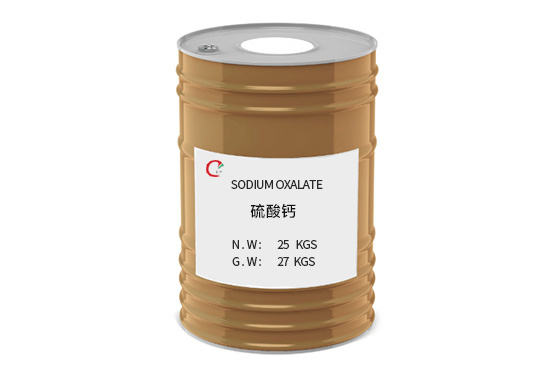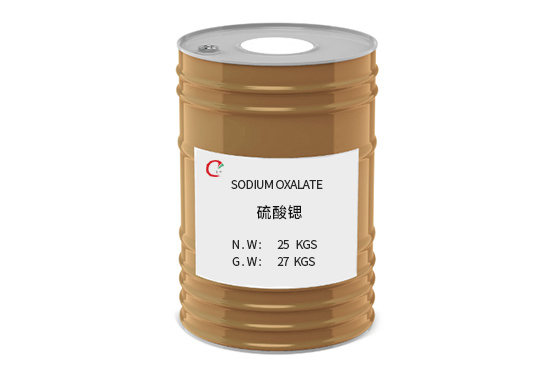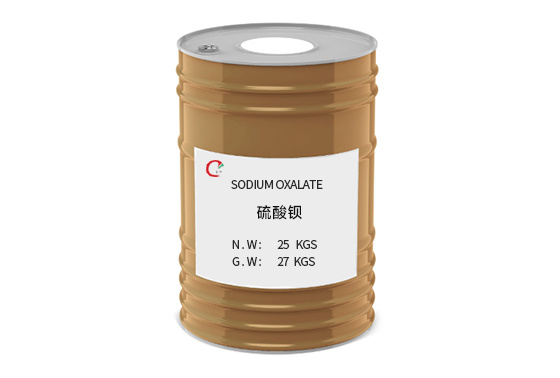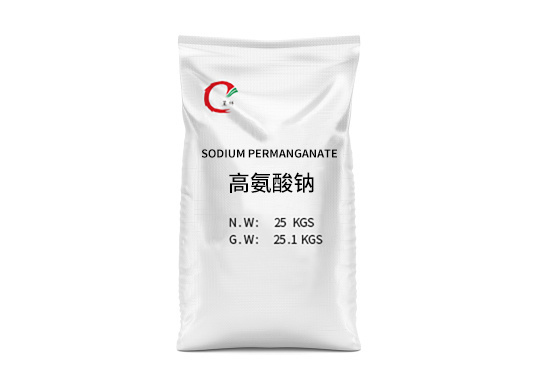
Reserve batteryNO.1
High-temperature storage battery is a type of thermally activated chemical storage battery with a wide variety of types. The output energy can be customized and designed to withstand various harsh temperatures and mechanical environments. By using electrical signals or mechanical force, the battery can be quickly activated to power electronic components.Reserve battery Product Features Ultra long storage life: With ultra-low self discharge rate, as a disposable backup battery, the storage time can reach more than 17 years. Ultra fast response speed:By using electrical signals or mechanical force, ultra fast activation can be achieved within 2 seconds and synchronously achieve full power load. Ultra wide working temperature range: can withstand harsh environmental temperatures ranging from -40 °C to 70 °C, without the need for an external heating pack. The battery can be quickly activated even after being stored at -40 °C for 4 hours or more, and is suitable for various extreme weather conditions. Ultra high specific power: The instantaneous ultra-high power output capability is outstanding, with a pulse specific power of up to 15 kW/kg."
- Commodity name: Reserve batteryNO.1
- Product Description
-
Product Description
Primary high temperature lithium battery is a kind of thermally activated chemical storage batteries, a variety of types, the output energy can be customised design, can withstand all kinds of harsh temperatures and mechanical environments, the use of electrical signals or mechanical force, can be quickly activated the battery, for electronic components power supply.
Product Features
Ultra-long storage life: ultra-low self-discharge rate, as a disposable storage battery, the storage time is up to 17 years or more.
Ultra-fast response speed: using electrical signals or mechanical force, it can achieve ultra-fast activation within 2s, and simultaneously achieve full power with load.
Ultra-wide working temperature zone: it can withstand harsh ambient temperatures from -40℃ to 70℃ without the need for external heating packs, and it can still be activated quickly when stored at -40℃ for 4h and above, so it can adapt to all kinds of extreme weather.
Ultra-high specific power: Outstanding instantaneous ultra-high power output capability, pulse specific power up to 15kW/kg.Typical Applications
Power supplies for emergency, life-saving, and oil exploration instruments and equipment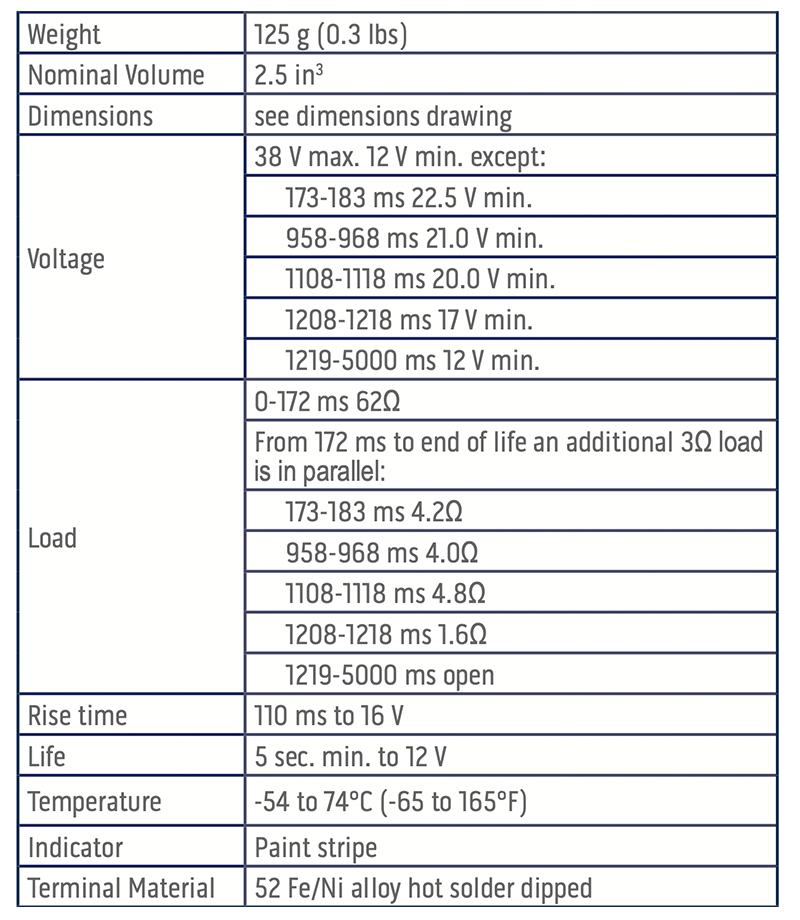
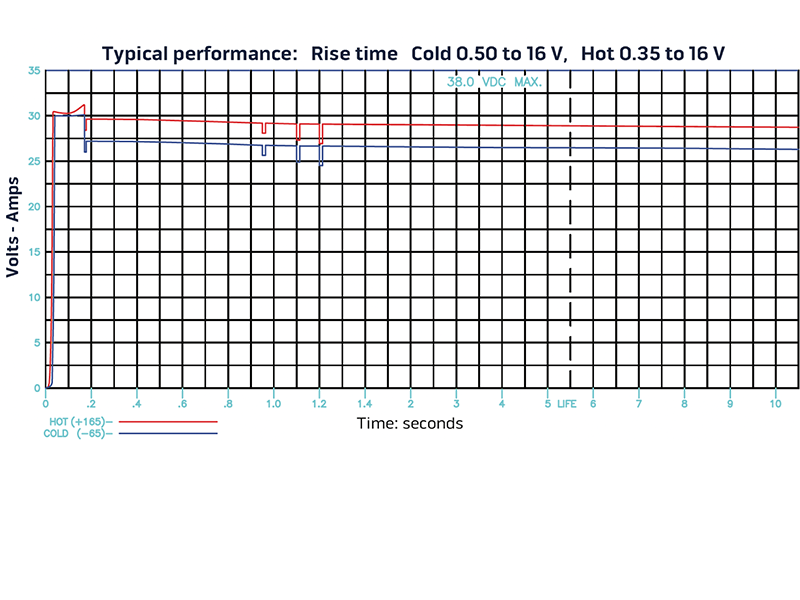
Key words:
Firecrackers, fireworks, chemical raw material production, chemical raw material storage
FAQ
Oxidant stability and safety issues
Easy to decompose: Many oxidants are easy to decompose when heated, damp, exposed to light or in contact with other substances, generating heat, gas and even causing an explosion. For example, hydrogen peroxide, hypochlorous acid, etc. will spontaneously decompose under certain conditions, release oxygen, and increase the risk of explosion.
Explosive: some oxidants such as chlorates, nitrates and organic peroxides, etc., after friction, impact, vibration, etc., can easily cause explosion. Therefore, special care is required during storage, transportation and use.
Toxicity and corrosiveness: Some oxidants such as bromine pentafluoride are toxic and pose a threat to human health. At the same time, they may also be corrosive to materials such as metals and damage equipment or containers.
Oxidant reactivity issues
Strong oxidation: oxidant has strong oxidation, can react violently with a variety of substances, and even cause combustion or explosion. For example, they can react violently with inflammables, organics, reducing agents, etc., generating large amounts of heat and gas.
Violent reaction with acid: most oxidants will react violently with acid and even explode. Such as potassium chlorate, benzoyl peroxide, etc. in case of sulfuric acid that explosion. Therefore, these oxidizing agents must avoid contact with acids or alkalis during storage and use.
metathesis reaction: a metathesis reaction may occur between oxidants, resulting in high temperature, combustion and even explosion. For example, nitrite reacts violently when it encounters a stronger oxidant than it.
Oxidant storage and transportation issues
Strict storage requirements: The oxidant needs to be stored in a cool, dry, well-ventilated place, avoiding direct sunlight and high temperature environment. At the same time, different varieties of oxidants should be stored in stacks, and it is strictly prohibited to mix organic combustibles.
High transportation risk: During transportation, the oxidant needs to be especially careful to avoid vibration, friction and impact. At the same time, it is necessary to select appropriate packaging materials and transportation methods to ensure safe transportation.
Related Products






